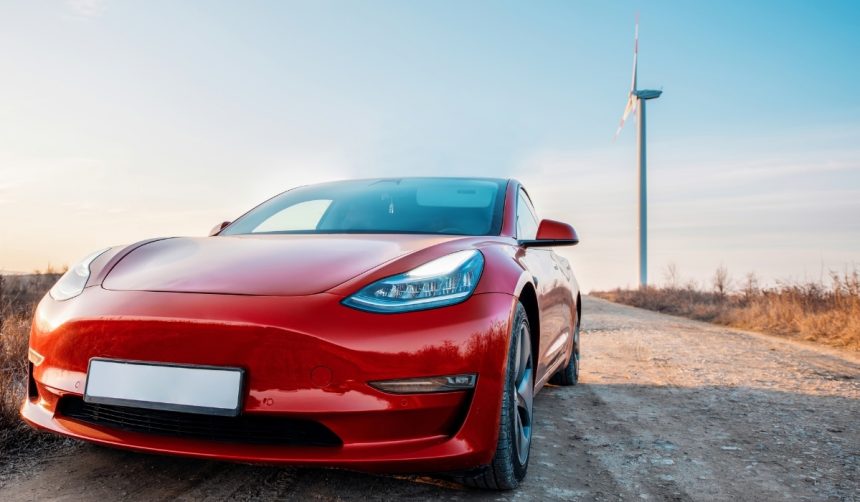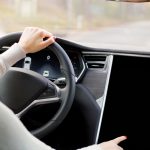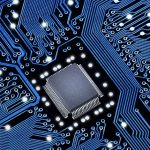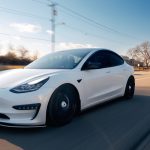Beneath the glow of electric vehicle chargers, visitors to Tesla’s Supercharger Diner in Los Angeles encounter a building unlike any other. Instead of traditional diner siding, the structure’s exterior glistens with stainless steel panels that once mingled with the ambitions of becoming part of a Cybertruck. As Tesla continues to build on its reputation for innovative vehicle design, the company now applies its surplus materials to new uses, giving customers a distinctive restaurant experience that reflects the brand’s identity.
When information about the Supercharger Diner first emerged years ago, public discussion largely centered on its futuristic dining concept and Tesla CEO Elon Musk’s references to the 1950s. Previous reports mentioned the architecture’s unusual metallic sheen, but only recently did details surface revealing that excess Cybertruck panels were repurposed as the building’s façade. Early speculation had connected the material to Tesla’s vehicle production, yet confirmation that the panels were specifically from the Cybertruck sets this project apart from earlier, less-defined recycling efforts within the company’s ecosystem.
How Are Cybertruck Panels Used in the Diner’s Structure?
Tesla utilized leftover stainless steel panels from its Cybertruck exoskeleton manufacturing as the siding of its Supercharger Diner, adding a direct visual link to the electric pickup. The restaurant’s shimmering appearance closely echoes the vehicle’s rugged exterior, standing out in downtown Los Angeles. According to Tesla’s chief designer Franz von Holzhausen, the decision to use these panels combined environmental thinking with distinctive branding, as he said,
“Tesla Diner was inspired by the Jetson‘s and was built with steel from Cybertruck production.”
Where Does Tesla Source Its Stainless Steel?
The stainless steel used for both the Cybertruck and the diner originates from Steel Dynamics Inc., with further processing handled by a third party. Tesla’s partnership with Steel Dynamics and the steel’s refinement process have been displayed at locations like the Petersen Automotive Museum. This sourcing strategy extends beyond vehicles and contributes to projects such as the SpaceX Starship, further consolidating Tesla’s use of novel materials in various ventures.
Why Did Tesla Opt for Stainless Steel in the Restaurant’s Design?
Durability played a major part in Tesla’s choice of material for the Supercharger Diner. Stainless steel not only ties the restaurant’s aesthetic to the Cybertruck but also promises longevity against wear and weather. The company points to the material’s robustness as a practical advantage for a high-traffic venue, commenting,
“It’s pretty interesting that Tesla chose to use the stainless steel for the exterior of the diner in Los Angeles, but it also makes sense considering how durable it has proven to be.”
Tesla’s integration of recycled vehicle components into commercial architecture demonstrates its focus on resourcefulness and brand alignment. While earlier projects tapped surplus parts for practical uses like repairs or refurbishment, this strategy turns leftover materials into a marketing and design asset. For readers interested in sustainable manufacturing, Tesla’s approach provides an example of how industrial surplus can be meaningfully incorporated into architectural innovation. Utilizing Cybertruck panels for the Diner not only avoids material waste but also enables a visual connection between Tesla’s automotive products and its broader lifestyle ambitions, offering insight into how companies can merge branding, sustainability, and design. Electric vehicle owners and brand enthusiasts passing through Los Angeles will now be able to recognize elements of Tesla’s vehicle production in the very structure that hosts their dining experience and charging stops.
- Tesla built the Supercharger Diner with leftover Cybertruck stainless panels.
- Steel comes from Steel Dynamics Inc. and is refined before use.
- The diner’s design links Tesla’s car manufacturing and branding initiatives.










